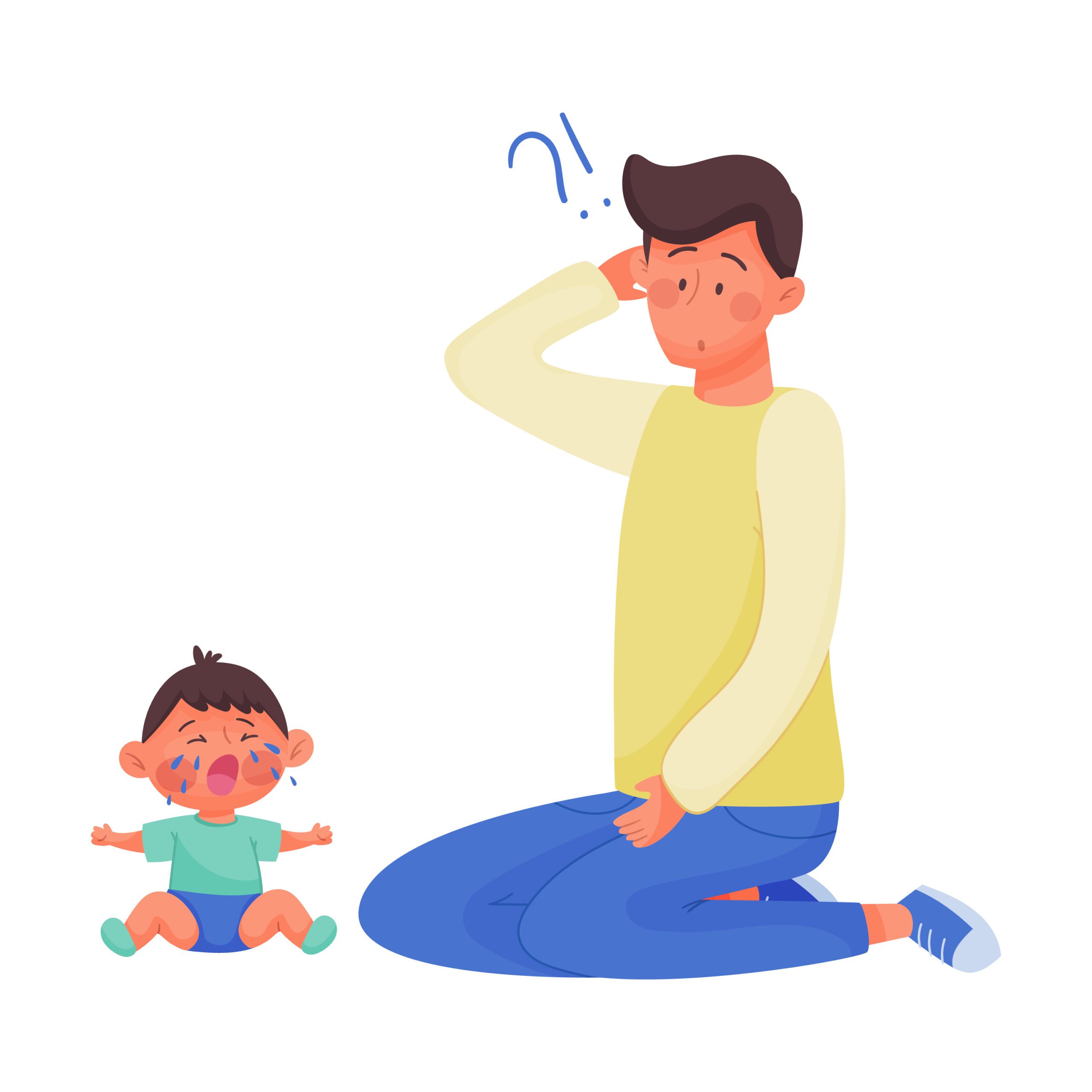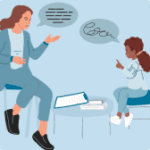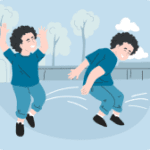Dyslexia


What is Dyslexia?
Dyslexia is a neurodevelopmental condition and learning difficulty at varying levels of severity that is characterized by difficulties in accurate and/or fluent word recognition and by poor spelling and decoding abilities. These challenges typically result from a deficit in the phonological component of language, which is often unexpected in relation to other cognitive abilities.
Is Dyslexia Genetic?
Yes, dyslexia has a genetic component. Research indicates that dyslexia tends to run in families, suggesting a hereditary predisposition. Specific genes have been identified that are associated with reading and language processing difficulties, making it more likely for children to develop dyslexia if there is a family history.
Is Dyslexia a Disability?
Dyslexia is considered a specific learning disability under various educational and disability laws, such as the Individuals with Disabilities Education Act (IDEA) in the United States. However, many advocates prefer to view dyslexia as a learning difference, emphasizing that with the appropriate strategies and support, individuals with dyslexia can achieve success.
What Does Dyslexia Look Like?
Dyslexia manifests differently in each individual, but common characteristics include:
- Difficulty reading words in isolation.
- Slow and labor-intensive reading and writing.
- Frequent spelling errors.
- Trouble understanding and remembering what is read.
- Problems with word retrieval or naming.
- Difficulty in learning a foreign language.
What Causes Dyslexia?
Dyslexia, a form of neurodivergence, is caused by differences in how the brain processes language. It is highly genetic. These differences are typically related to the structure and function of certain areas of the brain that are involved in reading and language processing. Environmental factors, such as exposure to infections and toxic exposures in early childhood, decreased access to reading as children, and decreased learning support can also play a role but are not primary causes.
How to Test for Dyslexia?
Testing for dyslexia typically involves several components:
- Screening: Early screening can identify children at risk for dyslexia. Tools like questionnaires, reading tests, and phonological awareness assessments are commonly used.
- Formal Assessment: A comprehensive evaluation by a psychologist or specialist includes a battery of tests to assess reading, writing, language, and cognitive abilities.
How to Diagnose Dyslexia?
Diagnosing dyslexia involves a thorough assessment conducted by a qualified professional, such as an educational psychologist, reading specialist, or neuropsychologist. The evaluation will include:
- A detailed history, including family and educational background
- Standardized tests to measure reading, spelling, and writing skills.
- Cognitive assessments to understand strengths and weaknesses.
- Observations and interviews with parents and teachers.
Can You Develop Dyslexia?
Dyslexia is a neurodevelopmental condition, meaning it is present from birth and not something that develops later in life. However, early intervention is crucial. While dyslexia cannot be “developed” in the traditional sense, without the right support, individuals may struggle to develop coping strategies and may experience increased challenges over time.
What Are the Symptoms of Dyslexia?
Symptoms of dyslexia can vary across different age groups:
- Preschool: Delayed speech, difficulty learning new words, problems with rhyming.
- Elementary School: Slow reading progress, trouble recognizing common words, frequent spelling errors.
- Adolescents and Adults: Difficulty reading and comprehending complex texts, problems with spelling and writing, slow reading speed.
Treatment Options for Dyslexia
While there is no cure for dyslexia, various treatment options can help individuals manage and overcome many of the challenges associated with this learning difference. Early identification and intervention are crucial for maximizing the effectiveness of these treatments. Key treatment options include:
- Specialized Reading Programs: Evidence-based reading programs, such as Orton-Gillingham and Wilson Reading System, are designed to improve phonemic awareness, decoding skills, and reading fluency. These programs often incorporate multisensory techniques that engage sight, sound, and touch to reinforce learning.
- Individualized Education Plans (IEPs): In educational settings, students with dyslexia may qualify for IEPs under laws like IDEA. These plans are tailored to meet the specific educational needs of the student and may include accommodations such as extended time on tests, modified assignments, and access to assistive technology.
- Assistive Technology: Tools such as text-to-speech software, audiobooks, and speech-to-text applications can support reading, writing, and studying, helping individuals with dyslexia to access and process information more effectively.
- Tutoring and Specialized Instruction: One-on-one tutoring with a trained specialist can provide focused and personalized instruction in reading and writing skills, addressing the unique needs of the individual.
- Classroom Accommodations: Simple changes like allowing extra time for reading assignments, providing handouts with larger print, using audio recordings of textbooks, and offering alternative methods for demonstrating understanding (e.g. oral presentations instead of written reports) can significantly aid students with dyslexia.
- Supportive Learning Environment: Encouraging and empathetic teachers, parents, and peers can create a supportive environment that fosters confidence and a positive attitude towards learning. Building self-esteem and resilience is an essential component of any treatment plan for dyslexia.
By implementing these treatment strategies and supports, individuals with dyslexia can improve their reading and writing abilities, build essential coping skills, and achieve their full potential.
Resources for Dyslexia
The International Dyslexia Association (IDA) is a great starting point for learning about dyslexia. They provide comprehensive information on the causes, symptoms, and treatment options for dyslexia.
Other resources include:
- The Learning Disabilities Association of America (LDA) offers a variety of services, including information on dyslexia, advocacy resources, local support groups, and educational events.
- The National Center for Learning Disabilities (NCLD) provides support and resources for parents, educators, and individuals with dyslexia. They also offer a helpline where you can speak with an expert about your child’s specific needs.
- Decoding Dyslexia is a grassroots movement that aims to raise awareness and advocate for policies that support individuals with dyslexia. They have chapters in all 50 states, providing local resources and support for parents.
Educational Support
For children with dyslexia, receiving appropriate educational support is crucial. Fortunately, there are many resources available in the US to help ensure your child receives the necessary accommodations and interventions.
- Under the Individuals with Disabilities Education Act (IDEA), students with dyslexia are entitled to receive special education services. The National Center for Learning Disabilities (NCLD) provides information on how to navigate the special education system and advocate for your child’s needs.
- The International Dyslexia Association (IDA) also offers resources for parents on how to work with schools to develop an Individualized Education Program (IEP) for their child.
Looking for more information? Reach out to us at DrSensory.
Understanding Dyslexia
Understanding dyslexia is the first step toward providing effective support and interventions. By recognizing the signs and seeking professional assessment, individuals with dyslexia can receive the help they need to succeed academically and professionally. If you suspect that you or someone you know may have dyslexia, consider reaching out to a specialist for an evaluation and guidance.
What are other parents reading?
Sensory diets are systematic and individualized strategies that help modify or meet sensory needs, particularly benefiting children and adults with
“It takes a village to raise a child. It takes a child with autism to raise the consciousness of the
Autumn brings an exciting opportunity to celebrate this colorful season with activities tailored for children with varying sensory profiles. Whether
Ask Us Anything
Whether you are looking for advice, have a general question about sensory processing, or are looking for resources - we are here to help!
Ask Us Anything
Submit Your Story
Share your story about your child. Let’s celebrate milestones and learn more about challenges.











 Speech Therapy
Speech Therapy Physical Therapy
Physical Therapy Occupational Therapy
Occupational Therapy

